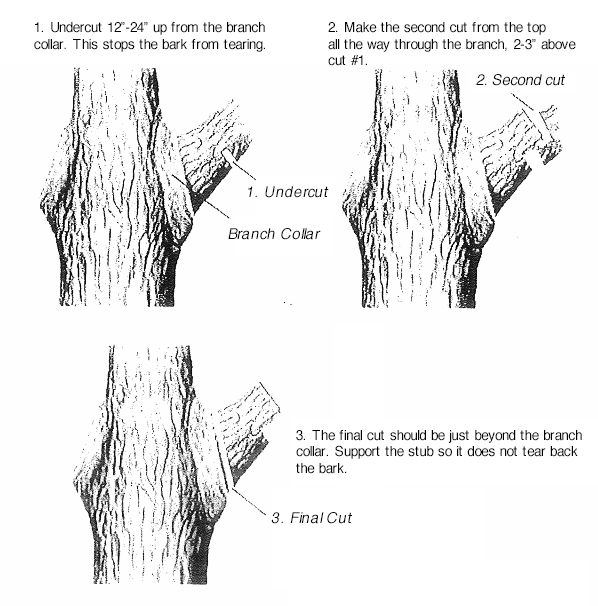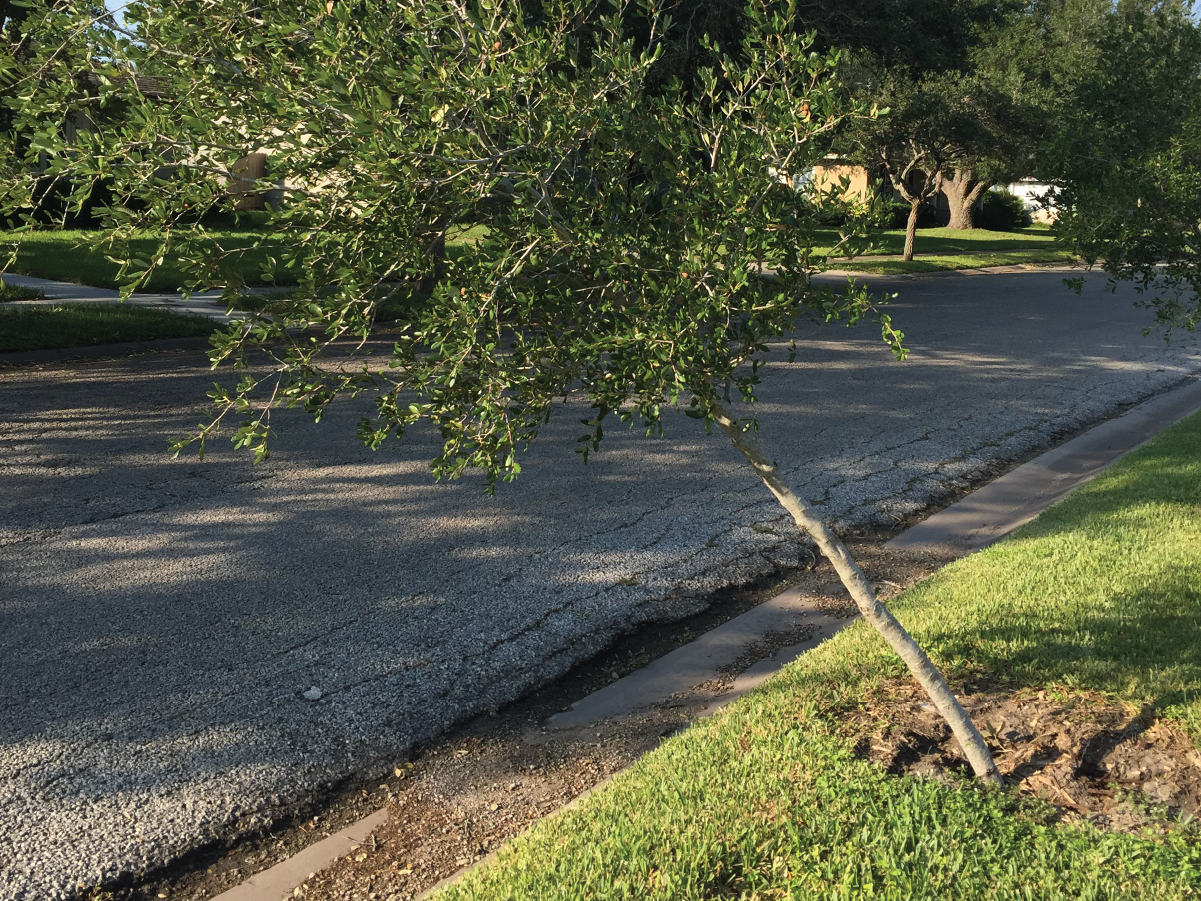Plants have thrived through hurricanes and worse for around 500 million years. Most of your plants will come back fine, and for those you lose, something new will grow, with a little help from you.
Don’t worry too much about wind-damaged foliage, it will be replaced by pretty and efficient new leaves. Some plants that have lost the shade from a damaged or destroyed tree or large shrub will suffer from sunburn. Some varieties will grow new and more sun-tolerant leaves, but some plants will never be happy in full sun. These will need to be dug up and transplanted to a shady spot or given away or tossed. If you need help determining which plants will tolerate the new sun and which won’t, bring a sample or photo by the nursery and we will advise you.
Some tipped over plants can be raised and staked, but some will be too top-heavy and will need cutting back before raising and staking. We have run across some bottlebrush, for example, that required this. Some soft herbaceous plants were really trounced, such as coleus and basil, but if damaged portions are pruned out, they will bounce back for fall. In fact, many perennials benefit from a light pruning in September for a better fall showing. Younger trees with broken branches, or tipped over sideways, should be staked or pruned, and will recover just fine. Larger and older trees are more iffy. Was the tree healthy and vigorous before the storm, or already declining? Is it the right tree for that spot? If not, maybe it’s a good time to change.

If you determine the tree should stay but needs damage pruned away, remove large damaged branches with the 3 cut method to avoid stripping bark off the side of the tree. Undercut the branch first, 18″ out from the trunk, followed by cutting down from the top, 20″ out from the trunk, until the branch falls. Then remove the remaining stub to within an inch or two of the trunk. If the tree is leaning, small trees can be pulled upright and secured with 6′ steel t-posts, with the tree tied to the post with a soft material, or wire cushioned with hose, being sure the loop around the tree is large enough not to constrict the growth of the trunk. Larger trees will need 2″x4″ stakes driven into the ground, or maybe even steel earth anchors, like used to tie down sheds or mobile homes. Before lifting the tree up straight, soak the ground around the roots so the roots can slip through the soil back to an upright position instead of being held back and maybe broken off by hard dry soil. Until you get to the process of raising the tree or shrub, don’t keep the roots flooded, but do keep the roots moist, and if small roots are exposed, maybe even cover them with some shade, like burlap.
Be safe, serious injuries occur when ladders and chainsaws are involved. Also be cautious of men knocking on your door and saying they have just trimmed your neighbors trees and if you pay them a down payment, they will go get gas and be right back to trim your trees.
Please come into the store with pictures if you have additional questions. We are there to help.
 -James
-James


